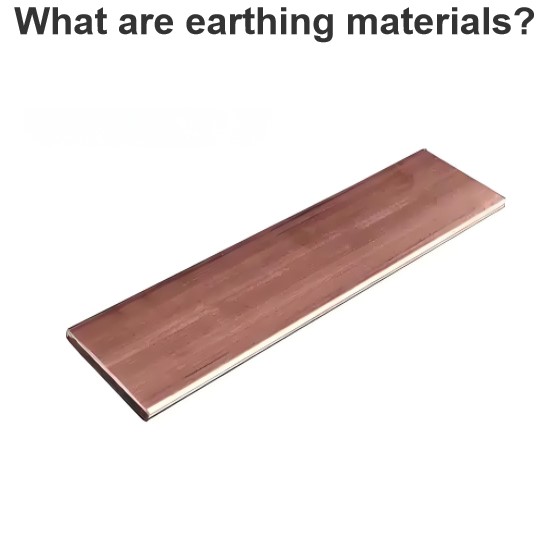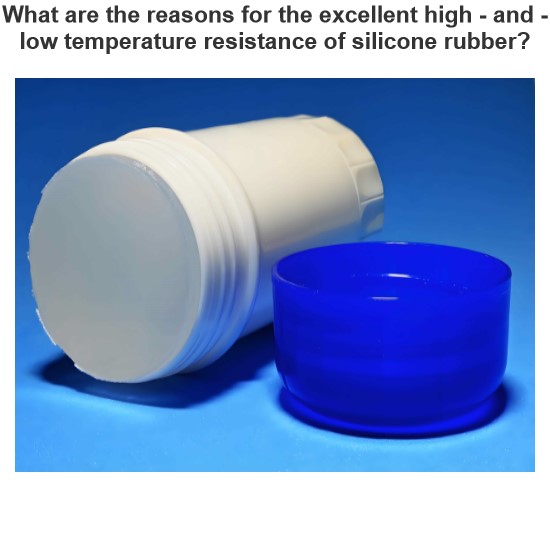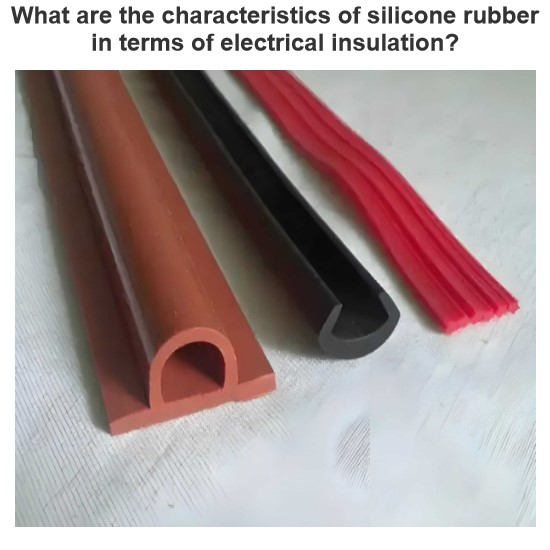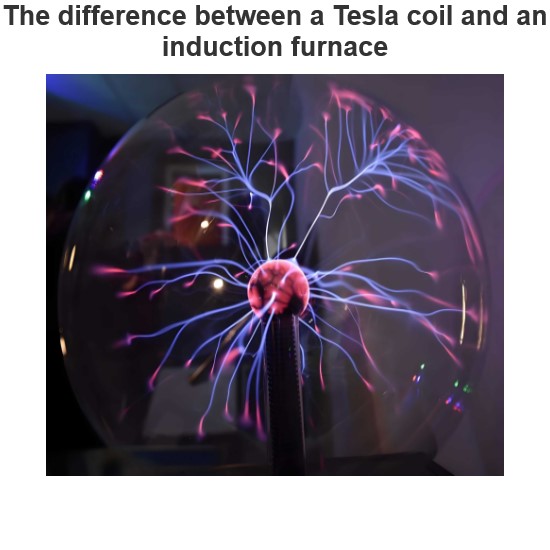High Resistivity or Low Conductivity Conducting Material
Materials having high resistivity or low conductivity are very useful for some electrical engineering products and applications. These material are used to manufacture the filaments for incandescent lamp, heating elements for electric heaters and furnaces, space heaters and electric irons etc.
Required Properties in High Resistivity or Low Conductivity Conducting Material
The following properties are required in high resistivity or low conductivity conducting material–
High resistivity.
High melting point.
High mechanical strength.
High ductility, so that can be drawn in the form of wire easily.
High corrosion resistance mean free from oxidation.
Low cost.
Long life or durable.
High flexibility.
Some of Materials having High Resistivity or Low Conductivity are listed below
Tungsten
Carbon
Nichrome or Brightray B
Nichrome V or Brightray C
Manganin
Tungsten
Tungsten is produced by very complicated processes from rare ores or from tungstic acids. Some facts about tungsten are listed below-
Very hard.
Resistivity is twice to aluminum.
High tensile strength.
Can be drawn in the form of very thin wire.
Oxidize very quickly in the presence of oxygen.
Can be used up to 2000oC in the atmosphere of inert gases (Nitrogen, Argon etc.) without oxidation.
Properties of Tungsten
Properties of tungsten are listed below-
Specific weight : 20 gm/cm3
Resistivity : 5.28 µΩ -cm
Temperature coefficient of resistance : 0.005 / oC
Melting point : 3410oC
Boiling point : 5900oC
Thermal coefficient of expansion: 4.44 × 10-9 / oC
Uses of Tungsten
Used as filament for incandescent lamp.
As electrode in X- ray tubes.
The great hardness, high melting and boiling points make it suitable for use as electrical contact material in certain applications. It is having high resistance for destructive forces produces during operation of electrical contacts.
Carbon
Carbon in widely used in electrical engineering. Electrical carbon materials are manufactured from graphite and other forms of carbon.
Properties of Carbon
Resistivity : 1000 – 7000 µΩ – cm
Temperature coefficient of resistance : – 0.0002 to – 0.0008 /oC
Melting point : 3500oC
Specific gravity : 2.1gm /cm3
Uses of Carbon
Carbon is having following applications in electrical Engineering
Used for making pressure sensitive resistors, which are used in automatic voltage regulators.
Used for manufacturing the carbon brushes, which are used in DC machines. These carbon brushes improve the commutation as well as reduce the wear and tear.
For making filament of incandescent lamp.
For making electrical contacts.
For making resistors.
For making battery cell elements.
Carbon electrodes for electric furnaces.
Arc lighting and welding electrodes.
Component for vacuum valves and tubes.
For makings parts for telecommunication equipment.
Nichrome or Brightray B
Composition of Nichrome or Brightray B
Properties of Nichrome or Brightray B
Resistivity : 1.10 µΩ -cm
Temperature coefficient of resistance : 0.0002 /oC
Melting point : 1350oC
Specific gravity : 8.24 gm /cm3
High resistance to oxidation
Uses of Nichrome or Brightray B
Used in making tubular heaters and electric irons.
Nichrome V or Brightray C
Composition of Nichrome V or Brightray C
Properties of Nichrome V or Brightray C
Resistivity : 40 µΩ – cm
Temperature coefficient of resistance : 0.0001 /oC
Melting point : 1400oC
Specific gravity : 8.4gm /cm3
High resistance to oxidation
Uses of Nichrome V or Brightray C
Used in making heating elements for electric heaters and furnaces.
Manganin
Composition of Manganin
Properties of Manganin
Resistivity : 40 µΩ -cm
Temperature coefficient of resistance : 0.0001 /oC
Melting point : 1400oC
Specific gravity : 8.4gm /cm3
High resistance to oxidation
Uses of Manganin
Manganin is having following applications in electrical Engineering.
Used in making electric heating elements and in electric furnaces.
As the manganin is having very low temperature coefficient of resistance, therefore it is used to make the standard resistances and in measuring instruments.
Statement: Respect the original, good articles worth sharing, if there is infringement please contact delete.
Electrical4U is dedicated to the teaching and sharing of all things related to electrical and electronics engineering.
















